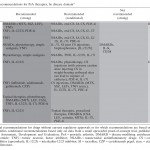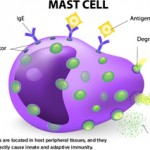May is recognized as National Arthritis Awareness Month, a time to bring attention to the more than 46 million Americans living with arthritis and related inflammatory diseases. In honor of the occasion, the Rheumatology Research Foundation is launching #RheumLife, a social media campaign to bring awareness to the severity of rheumatic disease. Through Twitter and…







